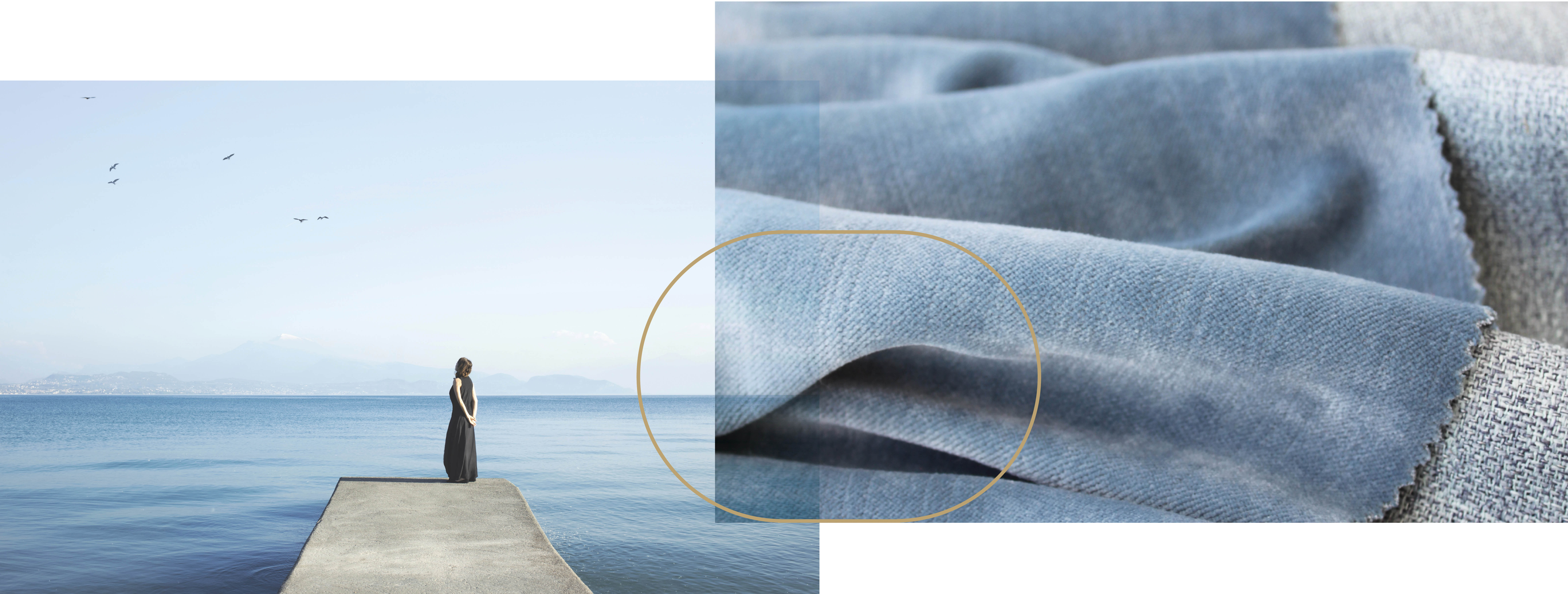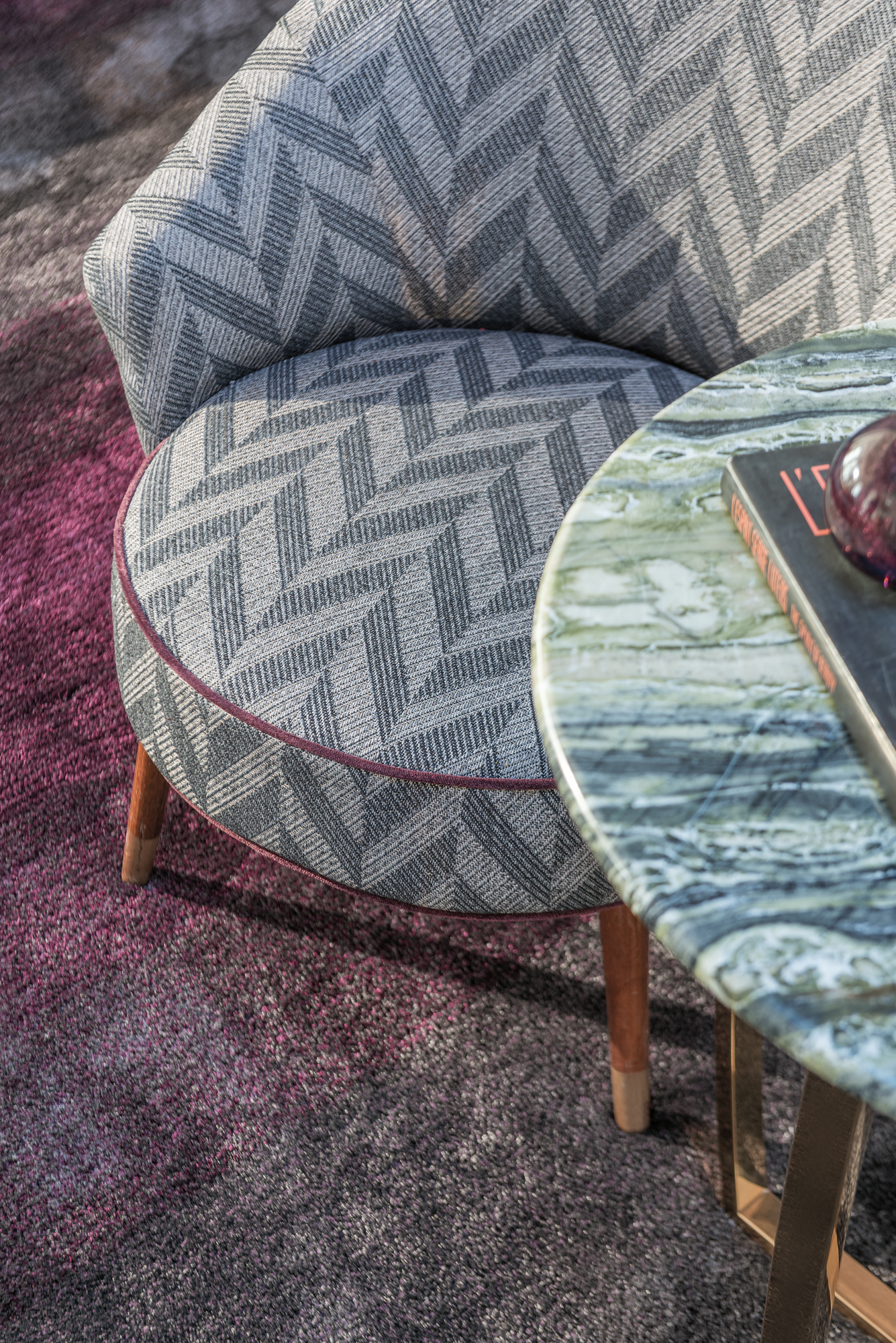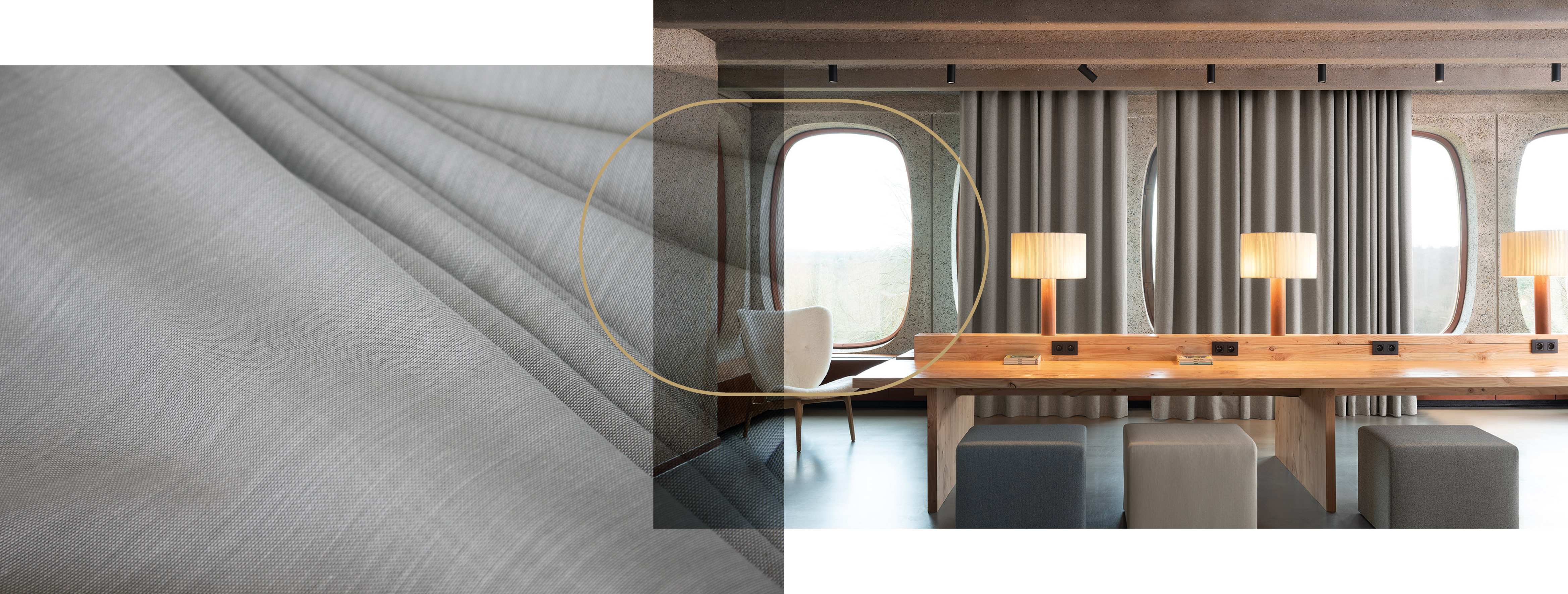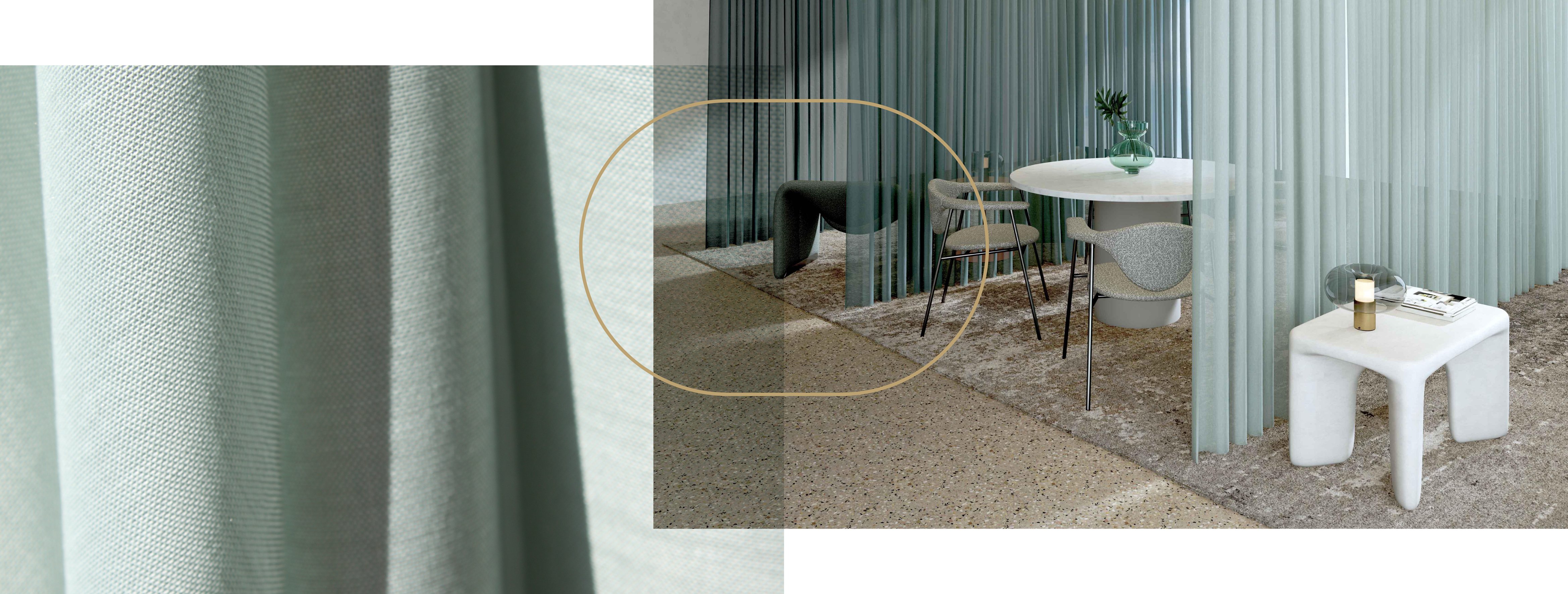FR-One’s in-house team of textile designers take so many things into account in the process of creating a new range of our inherently fire-retardant fabrics. Things like visual appeal, hand-touch feel, and, of course, textile quality itself, all come into play.
Today we dive into the world of textile textures, explaining what we mean by texture, why texture in interior decoration is important, and what textures are most important for contract project specification in the coming year.
Tactile textiles
Texture is one of the first things that come into a little baby’s world. Even before our eyesight is fully developed our hands grasp out into the air, and we quickly learn that smooth or soft textures are friendly and inviting, whereas hard, jagged textures are the opposite.
Our perceptions of texture begin in infancy, you could say, and therefore texture is such an important facet of interior decoration because it evokes emotional reactions on a subtle level.
Amp up the textures because luxurious interior design is tactile - Maximize your interior design with triple the fabrics
What are fabric textures?
Texture refers to the physical surface of a piece of fabric and it can have a whole range of characteristics such as uneven or smooth, crinkly, or silky. While fabric texture can be visual, physical texture brings in other senses beside sight. The weave and the size and quality of thread used affect the texture of the finished cloth. Weaving fabrics with different textures has a long history and the story isn’t slowing down.
You’ll find a range of our inherently fire-retardant fabric textures below to see the contrasts and possibilities.
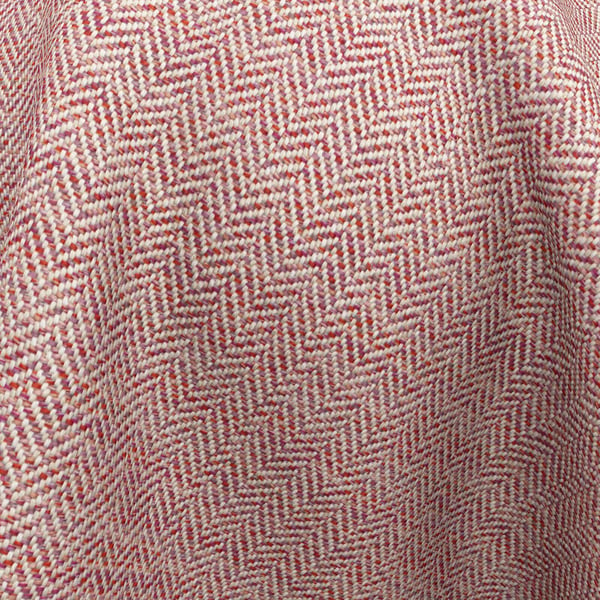 Inspired by contemporary tailoring and suiting, ‘Obay’ has an uncomplicated and refined simplicity and debonair herringbone.
Inspired by contemporary tailoring and suiting, ‘Obay’ has an uncomplicated and refined simplicity and debonair herringbone.
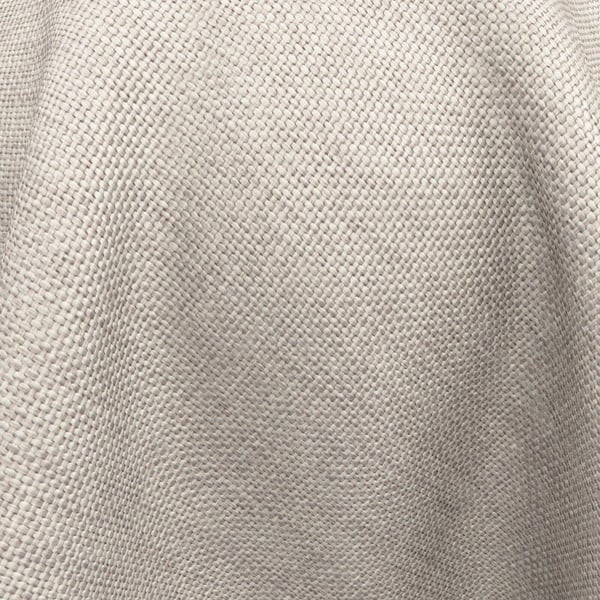 Lola is a multi-purpose textured plain fabric, in a versatile colour range that is perfect to coordinate with other elements in your design scheme.
Lola is a multi-purpose textured plain fabric, in a versatile colour range that is perfect to coordinate with other elements in your design scheme.
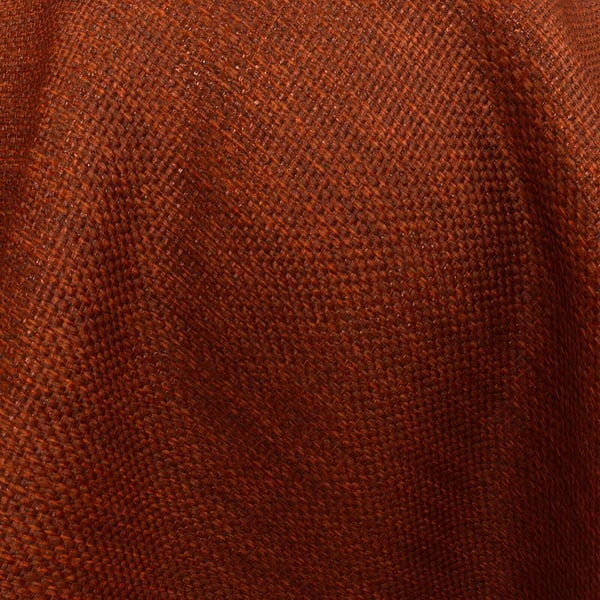
RE Juvenate, seen here in Rust, is a plain dimout drapery fabric.
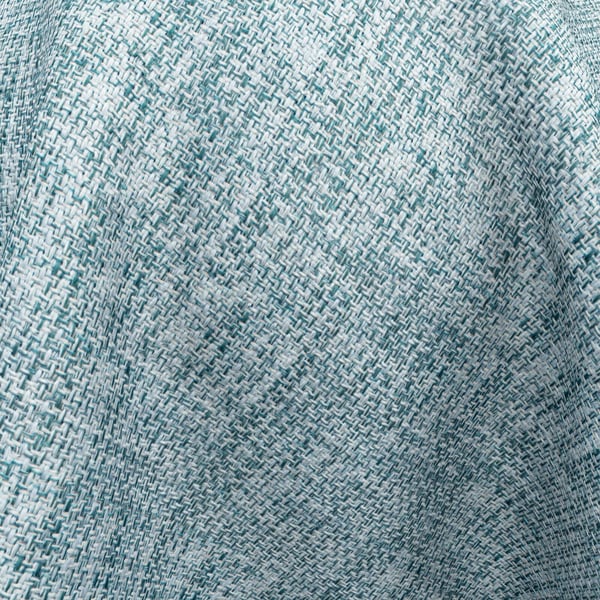 ‘Oracle’ in Teal features a beautifully irregular crossdyed effect that evokes a natural look and feel. A semi-opaque drapery in wide width that creates beautiful curtains with a sense of serenity and tranquillity.
‘Oracle’ in Teal features a beautifully irregular crossdyed effect that evokes a natural look and feel. A semi-opaque drapery in wide width that creates beautiful curtains with a sense of serenity and tranquillity.
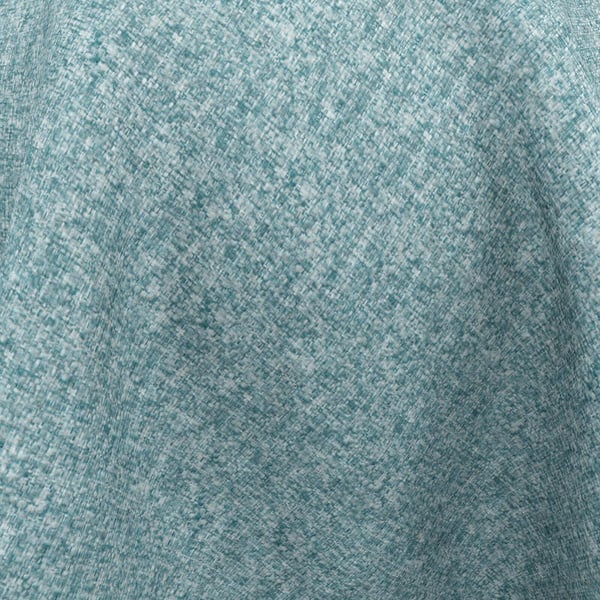 ‘Ossimi’s’ dry yet soft touch evokes the feeling of felt and each colourway presents an alluring melange of tones to compliment any interior project. This specially developed wool-like quality is suitable for multipurpose application. This is Ossimi in Aqua.
‘Ossimi’s’ dry yet soft touch evokes the feeling of felt and each colourway presents an alluring melange of tones to compliment any interior project. This specially developed wool-like quality is suitable for multipurpose application. This is Ossimi in Aqua.
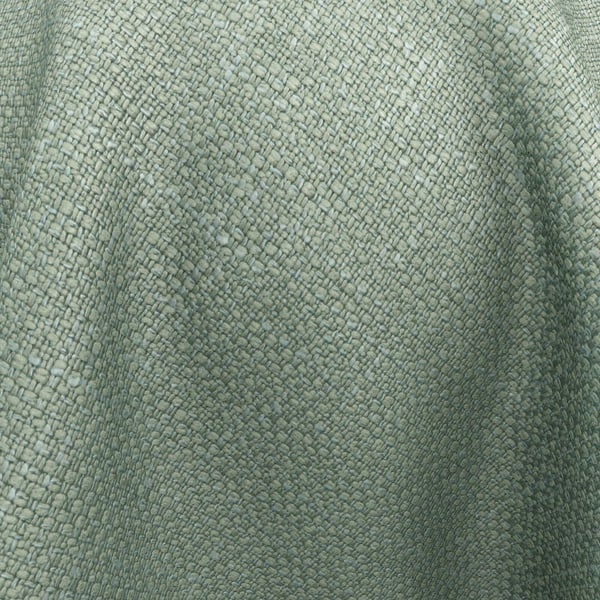 A tactile multi-purpose texture available in a range of strong and sophisticated on-trend colours. ‘Ouzo’s’ combination of splendour and versatility will see this item become a core product within the FR-One range. Seen here in Jade.
A tactile multi-purpose texture available in a range of strong and sophisticated on-trend colours. ‘Ouzo’s’ combination of splendour and versatility will see this item become a core product within the FR-One range. Seen here in Jade.
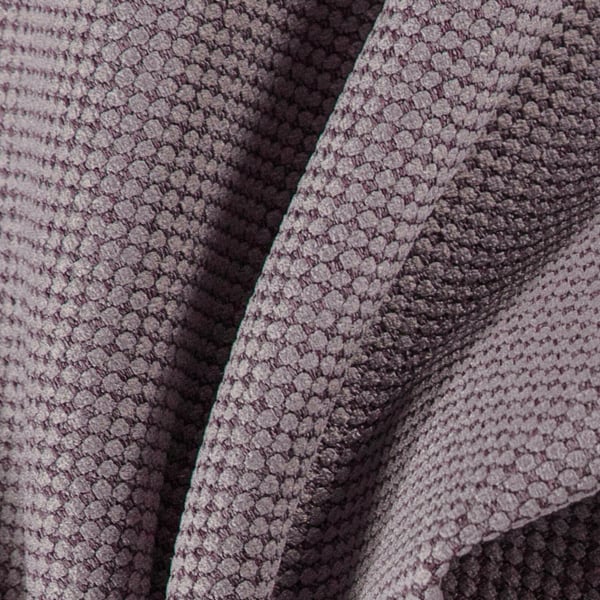 Golf is a multi-purpose plain fabric with dotty effect, the intricate weave ranks as extremely sound-absorbing. The collection has a colour range from decorous neutral and pastel shades to fabulous vibrant colours. Seen here in Parma.
Golf is a multi-purpose plain fabric with dotty effect, the intricate weave ranks as extremely sound-absorbing. The collection has a colour range from decorous neutral and pastel shades to fabulous vibrant colours. Seen here in Parma.
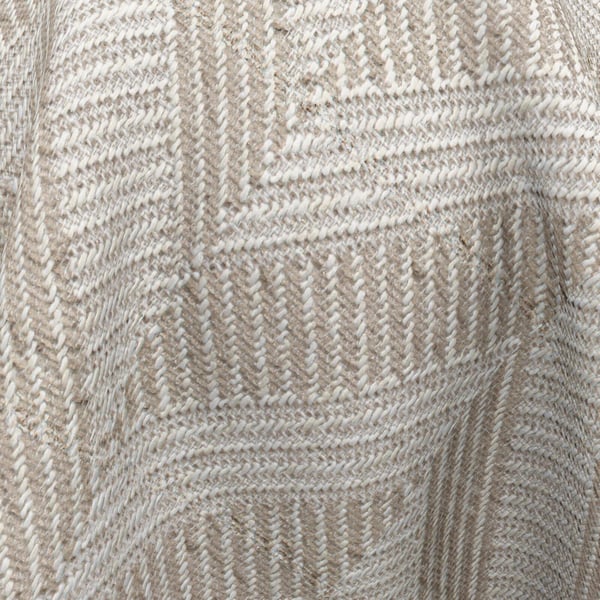 Lupine is a vintage inspired jacquard with a sophisticated crosshatch design. Chenille yarns create a wool-like impression and dry, tactile, yet soft touch. Seen here in Earth.
Lupine is a vintage inspired jacquard with a sophisticated crosshatch design. Chenille yarns create a wool-like impression and dry, tactile, yet soft touch. Seen here in Earth.
Tactile textiles: bringing feeling and atmosphere to the fore
The relationship between textile textures and human emotions and perceptions is complex but undeniable.
In fact, laboratory research confirms that fabric and texture can evoke emotions, whether this reaction is intended or not. View the full research on fabric perception here.
Natural textures for unmissable interiors in 2021
Textures are vitally important in interior decoration, as you’ve seen. What textures should you be looking at in your contract projects going forward into 2021?
Based on what we’ve seen, use of natural-feeling textures are the top trend for 2021 in furnishing fabrics. In recent months, the design world’s focus has settled even more clearly on strengthening the human-nature connection.
This is good news for linen-feel fabrics, loosely woven textiles, unfinished woods, and an overall modern rustic aesthetic.

